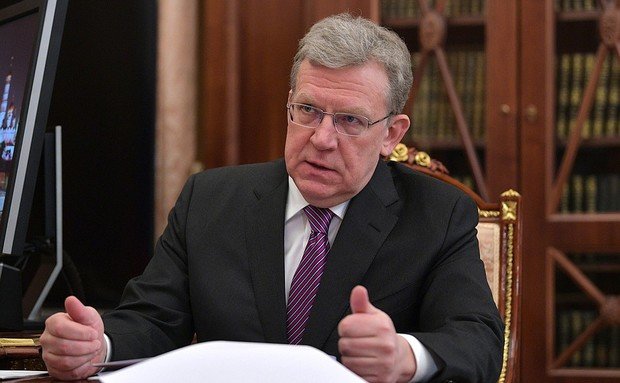De-dollarisation going slower than expected
Russia wants to be less dollar-dependent, but the country's economy is closely linked to the US currency. In the first six months of 2018, almost three-quarters of Russia's annual trade were in dollars, and switching away seems ''almost impossible'' for many industry sectors.
The Kremlin's drive to wean the economy off the US dollar is going slower than expected, says Bloomberg. Even the country's state-owned companies are committed to the American currency, as shifting to other currencies means higher costs and difficulties finding banks to handle business.
In the first six months of 2018, almost three-quarters of Russia's annual trade were in dollars, and the United States accounted for less than 5% of those deals. Russia's commodity export is mostly quoted in dollars, while markets for euros, rubles or yuans are much smaller and financial infrastructure less developed. In December, Head of Lukoil Vagit Alekperov said that Russia's second-largest oil producer wasn't looking into diversifying its currency use because it would be ''almost impossible'' to switch away from the dollar.
However, the risk that Washington can impose new restrictions, such as cutting off access to the dollar-based financial system, is spurring Moscow to seek alternatives. According to Minister of Finance Anton Siluanov, a third of Russian transactions in dollars are delayed, sometimes by as much as a month, by sanctions concerns. The Central Bank has even developed a system allowing banks to make payments if Russia is cut off from the global network. Last spring, the regulator also shifted $101 billion of Russia's reserves, which is more than a fifth of the total, into euro, yuan and yen. As a result, Russia currently holds about a quarter of global yuan reserves.
At the same time, many de-dollarisation steps taken by Russia's biggest companies have been largely symbolic. For example, Alrosa diamond producer launched a system for accepting payments in foreign currencies, but those deals totalled less than 0,1% of the company's sales last year. ''In this industry, everything is priced in dollars,'' commented Alrosa President Sergey Ivanov, adding that the company couldn't stop using it.
However, Severstal steelmaker intends to switch most of its exports to euros, and Gazprom is already paid for most of the gas it sells to Europe in the European currency. To spur de-dollarisation, the government proposed to grant tax breaks to companies that invoice their exports in rubles.
According to Chairman of Accounts Chamber Aleksey Kudrin, the Russian ruble is less stable than any other currency, while international operations require a stable unit of measure. ''So shifting to settlements in rubles adds currency risks, which is effectively a tax,'' considers the economist.
''I can't imagine any novel economic measures that would work. The data shows it would take 30-plus years to decrease dollar use by even 10%,'' considers Oleg Shibanov, a finance professor at Moscow's New Economic School.
 Chairman of Accounts Chamber Aleksey Kudrin considers that shifting to settlements in rubles adds currency risks. Photo: kremlin.ru
Chairman of Accounts Chamber Aleksey Kudrin considers that shifting to settlements in rubles adds currency risks. Photo: kremlin.ru